Barks Blog
Animal Trainers: Take Animal Emotions into Consideration!
By Karolina Westlund Ph.D. of PPG corporate partner Illis Animal Behaviour Consulting

Is the dog fearful, or crouching?
Does it matter, when you’re training?
The world of animal trainers is divided, and I find that some trainers avoid the subject of animal emotions altogether.
“There’s no need to factor in and understand emotions, just deal with the observable behaviour”, is the gist of what some trainers and animal professionals say.
No doubt their unwillingness to consider emotions stems from the Father of Behaviourism, influential to this day. Skinner said: “The ‘emotions’ are excellent examples of the fictional causes to which we commonly attribute behavior”.
I’m not dwelling on what he actually meant by that (…fictional?).
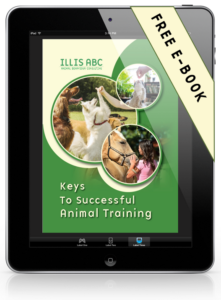
Anyhow, most modern animal trainers don’t question that animals have emotions. It’s just that when it comes to dealing with animals, many tend to address the observable behaviour rather than the emotion that goes with it.
A simplified description of such an approach may be: “if crouching is an undesirable behaviour, let’s make some changes to the environment so that the animal stops crouching.”
And it works, too. I’m not disputing that. At least in some cases – and I’ll get back to when I think that approach completely misses the target.
I’m just compulsive about looking at everything from different angles.
It works – but is there a better way?
Can we improve wellbeing and reduce suffering of animals in our care by factoring in their emotions – on top of being good observers?
I think so.
Taking emotions into account when interacting with animals in our care could:
- Prevent problem behaviour,
- Make it easier to care for them,
- Improve relationships with them, and
- Improve their quality of life
The secret…:
A PINCH OF ANTHROPOMORPHISM
Anthropomorphism (the attribution of human traits, emotions and intentions to animals) is a word with extremely negative connotations. For many animal professionals, it’s a no-no.
For me, it’s a tool. Or better yet, a spice. Like… cayenne pepper. Or tabasco. Overused, it can spoil everything. And yet – just a pinch can make all the difference. I don’t like sizzling hot food, so I use very little. Just to bring out the flavors and add that little extra something.
OK, Karolina, very interesting. But how does cayenne relate to animal emotions and anthropomorphism?

A pinch would be the equivalent of thinking: I wonder what situations could cause this animal to be fearful.
Overuse would be comparable to thinking: I’m afraid of snakes – therefore this animal must be too.
Finding the right balance is important. Don’t project your own emotions or intentions on the animal, but observe closely and think “is there an emotional state that could be involved in producing this behaviour?” or even ‘could this situation trigger some important emotional reaction, and if so, is it a desirable emotion or an undesirable one?”
As an applied ethologist working to improve captive animal welfare, I’m biased to especially considering fearful behaviour, foraging behaviour and social behaviour – all related to different core emotional states.
I’ll focus on fearful behaviour in this blog post. In core emotion lingo, the emotion is FEAR, written in caps.
PREDICTION.
If we take emotional states into account, we can predict where problematic situations might occur. Different species tend to have different reactions when they’re afraid, for instance.
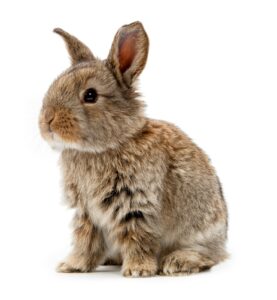
Rabbits hide. Zebras run. Monkeys typically climb a tree.
In addition, prey species tend to be more fearful than predators. They’re generally more easily startled, and respond to a wider range of stimuli – different depending on the species.
Armed with this knowledge, we can prepare escape routes: set up the environment so that the animals get the opportunity of doing what they evolved to do when they’re fearful. I discuss and illustrate this in my senior lecturer’s exam lecture, part 2 about ethology, but here are some pointers:
- Give the bunnies hide-outs. Make sure they have two exits, and that every individual has somewhere to go so that there’s no unfriendly rabbit blocking the entrance.
- Provide the zoo-housed zebras with a big corral so that they can obtain a suitable flight distance from all spectators. If they’re spooked, they can have somewhere to run that’s far enough away from the scary object or person.
- Make sure that the monkey exhibit contains many climbing opportunities, so that they can use vertical space. Monkeys usually have strict dominance hierarchies and the highest ranking individuals tend to monopolize the higher levels. For this reason, there need to be enough levels so that even the lowest ranking individuals have the chance of performing the behaviour of jumping up to an empty spot when someone sounds the alarm.
Before you ask: yes. Dominance is a very important mechanism when it comes to monkeys’ social lives. The dominance concept may be severely misunderstood and misused with regards to dog or horse behaviour, but many species, including most monkeys, show distinct dominance hierarchies, especially in captivity.
Ensuring that animals have opportunities of reducing fear by performing species-typical behaviour is key.
Yes, they may get frightened. Such is life. But if they do, they can do something to reduce that fear. They’re in control, as it were.
Animals in control have higher welfare.
PREVENTION.
One of the reasons why core emotions are so powerful is that they have tremendous survival value.
An animal that doesn’t respond with FEAR to danger will likely not survive long. So, animals need to come prepared to respond fearfully to relevant stimuli.
There are innate fears. Almost all mammals and birds, regardless of species, will respond with a fear reaction to the following triggers – without prior learning:
-
- Pain
- Sudden movement
- Loud noises
- Certain smells
- Lack of control
- Novelty
In addition to these innate fear triggers, there are learned fears.
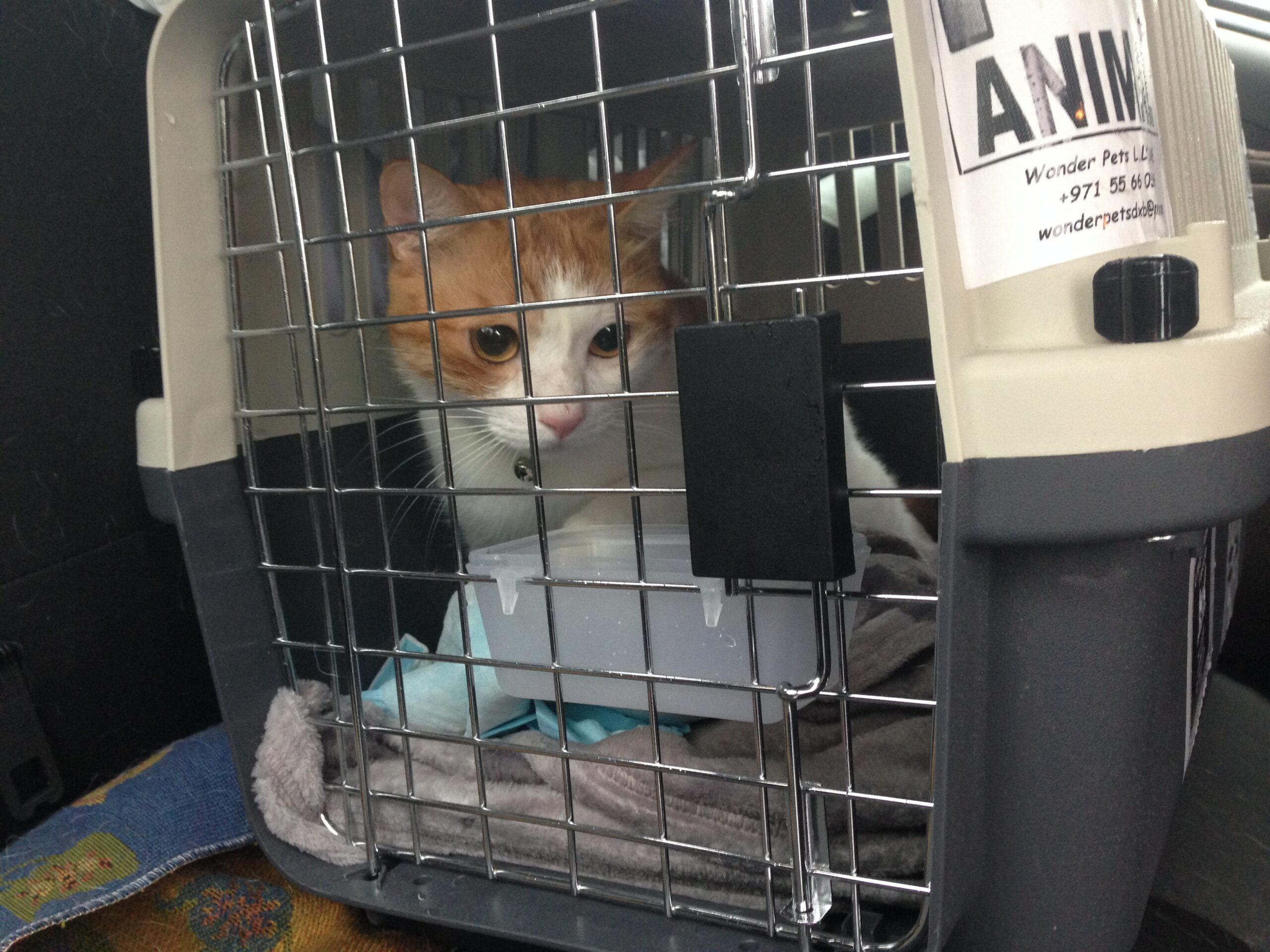
The cat learns that the transport box predicts going to the vet to get a shot, which includes exposure to loud noises, novelty, lack of control and pain. The transport box thus predicts innate fear stimuli. A whole bunch of them. Trigger stacking, so to speak. So kitty starts fearing the transport box.
Is there anything you can do about these fears, innate or learned?
Yes.
Consider what type of stimuli or situations that may occur that could potentially trigger fear reactions, and make sure to teach the animal(through for instance systematic desensitization and counter conditioning) that they’re not harmful – before they even show fearful behaviour.
In other words, by carefully and gradually presenting stimuli that could trigger innate FEAR, you reduce their power as triggers and you eliminate the learned fears that could otherwise be associated with them.
Animals who are not overly fearful have higher welfare.
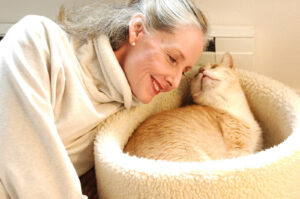
PROBLEM SOLVING.
Animals who are fearful may show a whole range of behaviour. The fearful crouching dog may tremble, shed hairs, blink, lift a front paw, and so on.
Also, as FEAR escalates, behaviours change. If the animal is cornered, FEAR may switch over into RAGE, another core emotion.
You don’t want that. That’s when things could get dangerous. That’s when animals desperately try to break free using the weapons at their disposal.
By focusing your attention on the emotional state rather than on individual responses that may or may not be shown for any length of time, you can cut to the core of the problem.
By helping the animal change his emotional state, you will change the behavioural manifestations too.
Let me re-phrase that sentence, because it carries some extremely important implications.
When emotions change, so does behaviour.
Behaviour can change, not because the animal learned something, but because emotions changed.
See what I’m getting at?
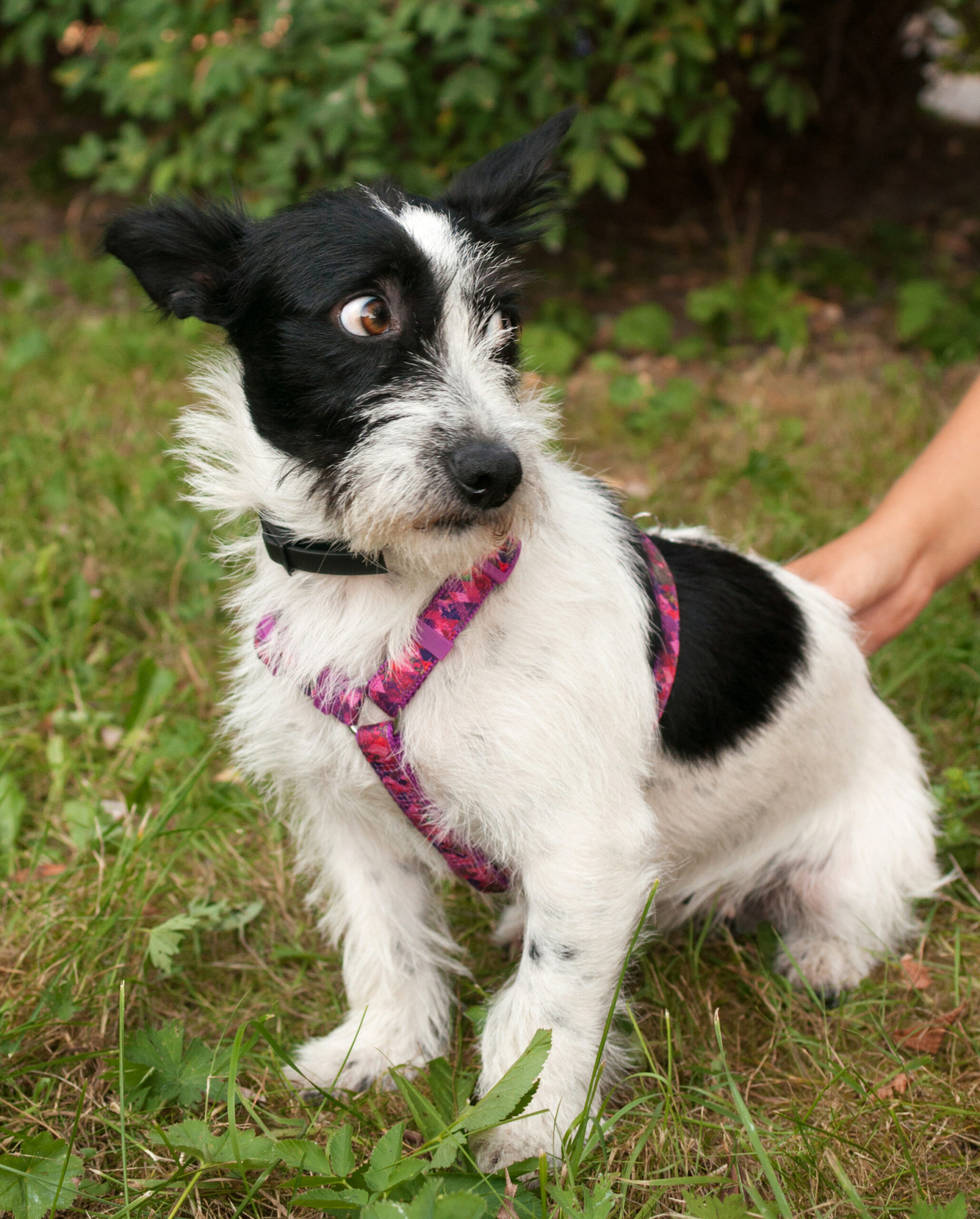
I’m getting at the fact that people may be fooled to think the animal has learned something, when in fact, all that has happened is that the animal has changed emotions, for instance, by becoming fearful.
This is one of the main problems with punishment as a learning tool.
Say that the dog pulls on the leash. The owner punishes the dog, say, by kicking him and saying “tsssst!” as some dog trainers on TV advocate. The dog stops pulling, and the owner thinks it’s because he’s learned that pulling leads to unpleasant consequences.
That may be so. The owner will likely find out on the next walk.
Or, it could simply be that the dog is now frightened and no longer in that SEEKING mode (another core emotion!) that lead him to pull in the first place.
That’s a double whammy, by the way.
SEEKING is a wonderful feeling, FEAR sucks.
The problem with FEAR is that as arousal escalates, learning goes out the window. The animal may stop responding to known cues, become frantic – or flip into RAGE.
It’s vital to recognize when there’s a FEAR component in a behavioural problem.
Problem solving is facilitated by considering emotional states.
PRECISION (NERD WARNING).
Skip this part if you’re not a training nerd.
Still here? Well, I did warn you.
Ever wonder why a VR2 is the optimal Variable Ratio Schedule to keep an animal engaged? In other words, delivering a reinforcer on average on every second response?
Because that ratio essentially implies the maximum amount of unpredictability. There’s 50% chance of getting a reward, and 50% of not getting one. That’s as unsure as it can get.
That type of unpredictability of appetitive stimuli completely hijacks the dopamine system involved in the SEEKING response, that other core emotion. Professor Robert Sapolsky talks about this in this brilliant TED talk – start looking at 26.30 and keep going for about 5 minutes. Then try to stop watching.
If I were a dude, I’d want a beard like that.
Woops. This was going to be about FEAR, not SEEKING. Or beards.
Sorry for deviating, I’ll get back to the subject.
PRIORITIES.
One of the tenets of captive animal husbandry is to allow animals to express species-typical behaviour.
Animals in the wild show an enormous number of different behaviours, easily numbering the thousands if detailed.
How do we prioritize? Which of all those are important?
I would argue that behaviours associated with core emotions are important. Core emotions are tightly linked to behaviours necessary for survival and reproduction.
Which are the core emotions, then?
Well, renowned affective neuroscientist Jaak Panksepp (2012) has identified seven of them (and he writes them all in caps). Four of them – SEEKING, LUST, PLAY AND CARE – lead to improved welfare, and three of them – RAGE, FEAR AND GRIEF – may have a negative impact on the animal’s long-term health.
PERILS.
What are the risks of addressing emotions rather than behaviour?
By assigning an emotional state, we move away from observing and start interpreting. The main risk (among several) in doing so is that of misinterpretation.
Take cats in a crouching position as an example. The position may be similar, but the cats may be experiencing different emotions, e.g. PLAY, FEAR versus SEEKING.
Don’t lose track of what the animal is actually doing. It takes a keen experienced observer to know the emotional state associated with a specific behaviour for a particular species. For this reason, it’s often a good idea to keep track of actual behaviours (crouching, ears back, large pupils, wide eyes, weight distribution) in addition to the probable core emotional state.
WHY ADDRESSING OBSERVABLE BEHAVIOUR ISN’T ENOUGH
Getting back to why I think it’s not enough to just look at observable behaviour – to me it’s problematic in several ways:
- When prioritizing, we may focus our efforts on observable behaviour that is troublesome to us (such as a barking dog), even though the situation may be troublesome to the animal (for instance, the dog may be quiet but still very uncomfortable).
- We don’t realize the importance of certain core emotional states (SEEKING and PLAY, for instance) with regards to brain development, personality, stress coping abilities and social competence – and even stifle them.
- We may fail to notice subtle behavioural signs; the early indicators of unease, unless we’re specifically looking for them.
CONCLUSION.
It is my firm belief that as trainers we can be inspired by different scientific disciplines – and the field of emotions is one of them.
By taking core emotions in animals into consideration, animal trainers may Better predict responses, prevent undesirable behaviours, problem solve more efficiently, increase precision in their training, and prioritize more effectively.
Resources
Panksepp, J. (2012). [Discover Interview with Pamela Weintraub] Jaak Panksepp Pinned Down Humanity’s 7 Primal Emotions. Available at: https://discovermagazine.com/2012/may/11-jaak-panksepp-rat-tickler-found-humans-7-primal-emotions
About the Author
Karolina Westlund helps pet owners and people working professionally with animals to get happier, reasonably well behaved animals that thrive in the care of humans. She teaches animal behaviour management through blog posts, the odd Facebook live session or webinar, as well as more extensive online courses. She is an associate professor of Ethology at Stockholm University, Sweden and sometimes publishes scientific articles related to enrichment, animal training, and wellbeing.

